Fabrics for dressing up in Celtic and Roman costumes
Fabrics for dressing up in Celtic and Roman costumes
All around Spain, throughout the year, there are many festivals related to our Celtic and Roman history. Later we will also make a special mention of the Moors and Christians festivities.
But continuing with today's topic, today we look at the popular «ARDE LUCUS» held in Lugo every year in June.
Festivals that are considered cultural events and that commemorate important historical events, recreating their moments, battles, parades, music and dance shows, theatrical performances... and an endless number of activities that allow us to travel back in time and understand what our society was like centuries ago.
Fabrics for Roman costumes
Let's start with the one that at first impression may seem the easiest (or most familiar thanks to the movies).
Fabrics with a clear and well established chromatic range of whites, golds, reds, maroons and natural colours such as brown:

Image: Wikimedia Commons

Image: Wikimedia Commons
As we can see in the example and in the images, we will use basic fabrics:
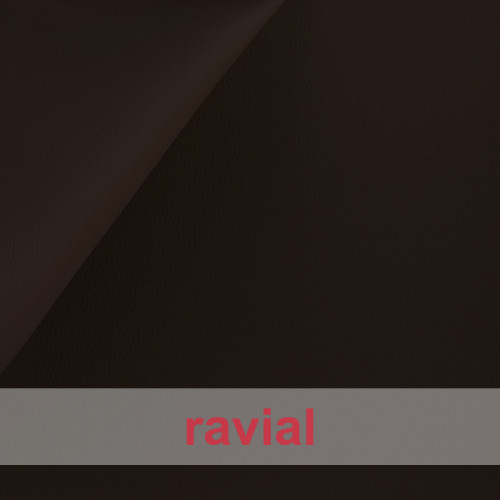
PIEL NAPA. Reference: 00069-0008. Leather fabric for decorations and accessories.
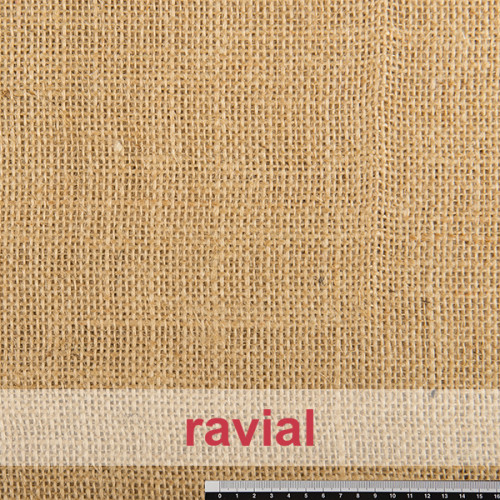
BASICO YUTE. Reference: 00734-0812. 100% jute fabric for decoration and ambientation of the environment.
In Roman times, clothing varied depending on the social status, age and gender of the individual. The materials used ranged from linen and wool for everyday wear to silk for special occasions.
Materials and textures that we can copy, recreate and even recover, with the fabrics we use today:
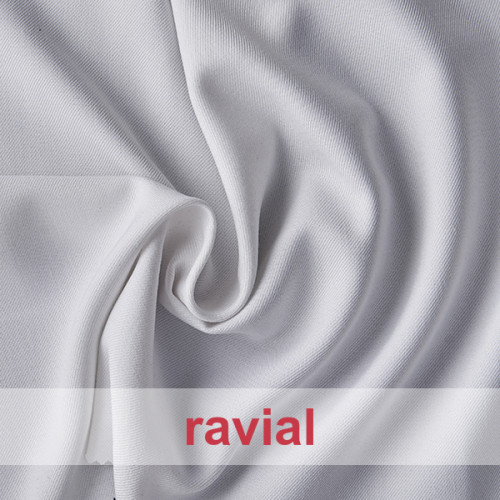
ESTAMEÑA. Reference: 00024-0001. Twill weave already used in antiquity, prized for its strength and diagonal pattern.
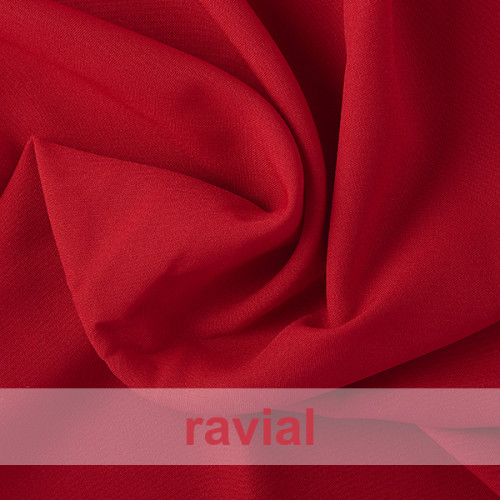
BASICO STRECH. Reference: 00032-0004. Flat stretch polyester fabric. Ideal thanks to its quality/price ratio.
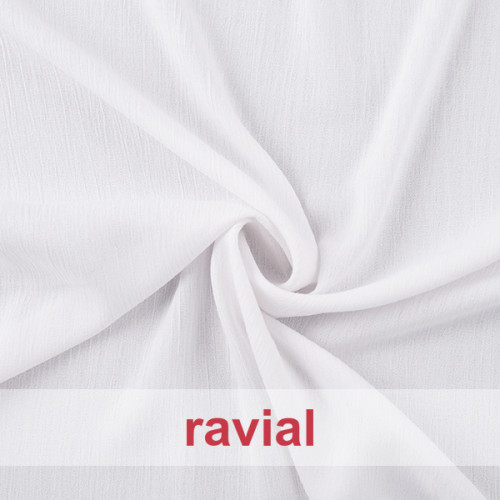
BAMBULA. Reference: 03622-0004. 100% viscose fabric.

LINEN. Reference: 03622-0004. Plain linen fabric.
Fabrics for Celtic costumes
The Celtic aesthetic has a direct connection to the Viking style, with costumes that are characterised by their beauty and their connection to nature.

Image: Gioele Fazzeri. Unsplash.
For both men and women, Celtic costumes often incorporate earthy and natural tones, such as greens, browns and ochres, reflecting the close relationship the ancient Celts had with the land and the natural environment. The garments are often made of fabrics such as wool or linen, which were common at the time.
For men, Celtic costumes include long tunics and decorative cloaks, often adorned with geometric motifs or Celtic symbols representing the spiritual connection to the natural world.
For women, Celtic costumes often include flowing pleated dresses or elegant tunics, accompanied by decorative shawls or capes.
In addition, their clothing was often accompanied by fur to protect them from the cold temperatures.
For this purpose, we propose the following fabrics:

EDEN. Reference: 03888-0002. Curly hair fabric.
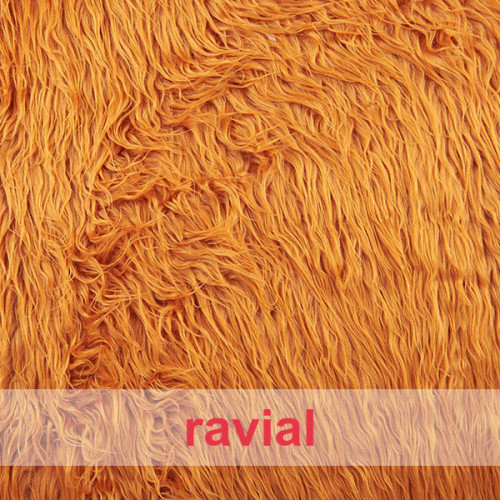
ANIMALIA BUBU. Reference: 03114-0801. Long pile fabric of 5 cm.
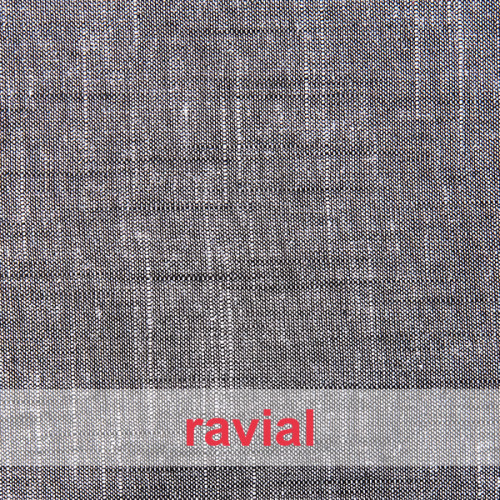
TUYEN. Reference: 03335-0002. Linen fabric with viscose.
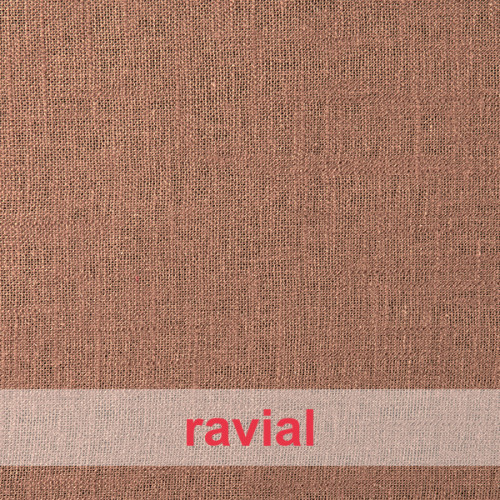
TRISTAN. Reference: 03333-0008. Linen fabric with viscose.
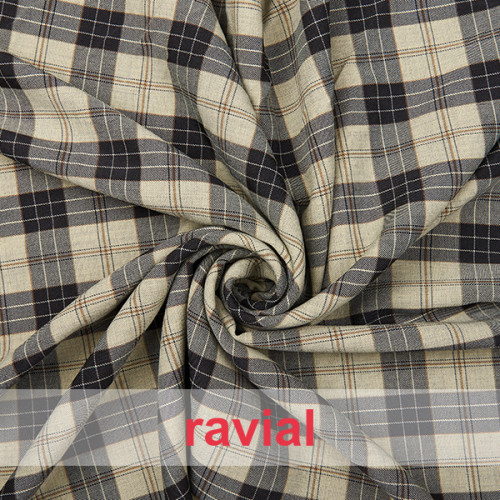
DAWSON. Reference: 03907-0002. Fine gabardine check fabric.
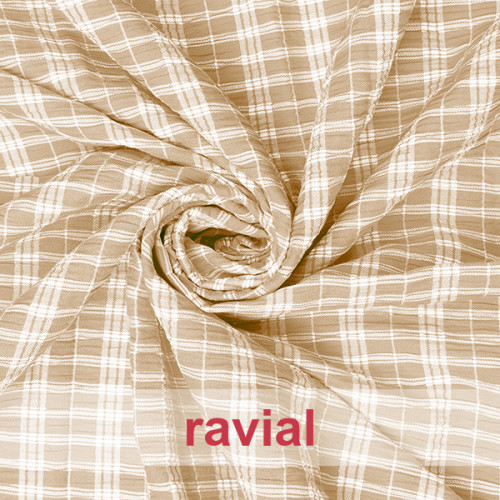
MIRTA. Reference: 03977-0802. Crinkled check fabric.
A great selection of fabrics with which to recreate all these festivities that transport us to other moments in our history.
If you have any questions or want more information about our fabrics, consult sales agent or contact our customer service team!.
Please note that our opening hours are Monday to Thursday from 08:00 to 18:00 and Friday from 08:00 to 14:00.
Cover image: Dani Vázquez. Gladiadores.



